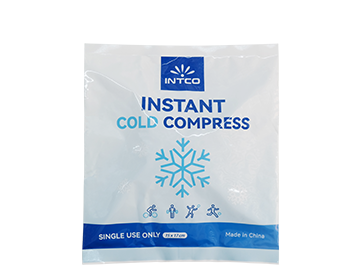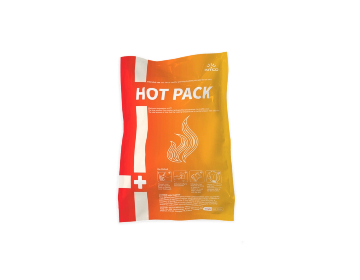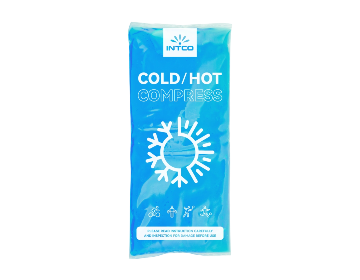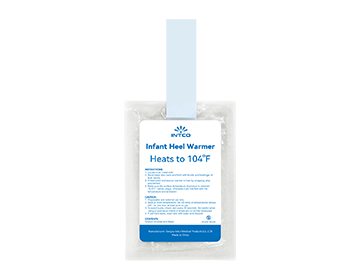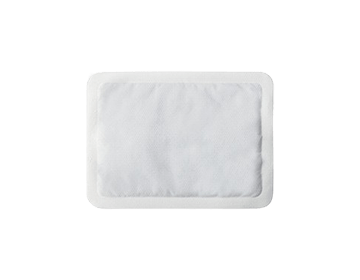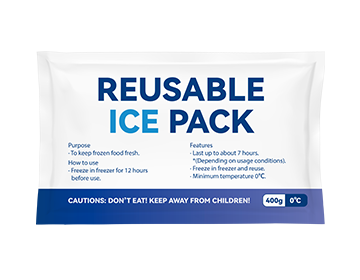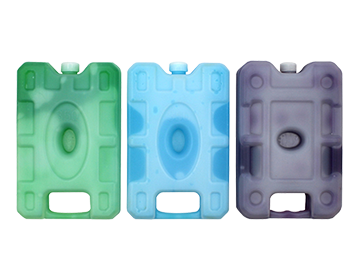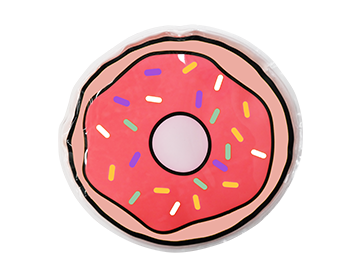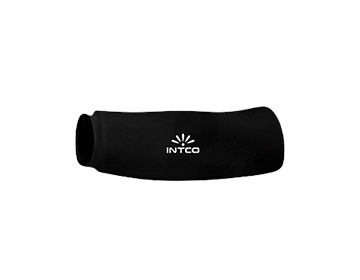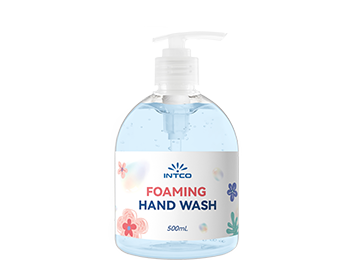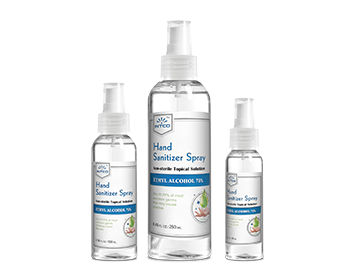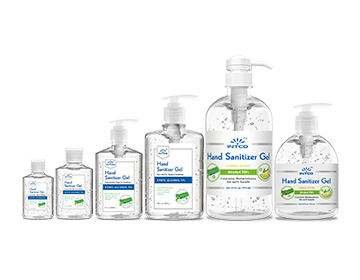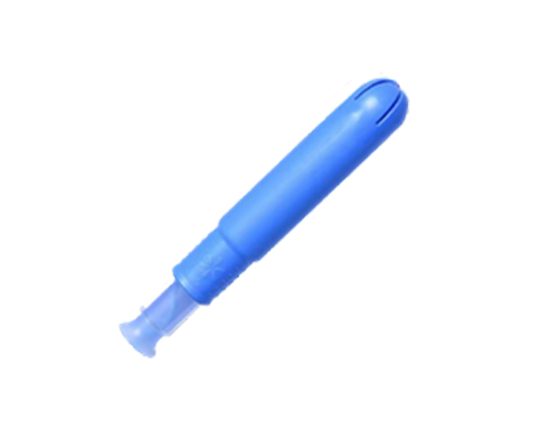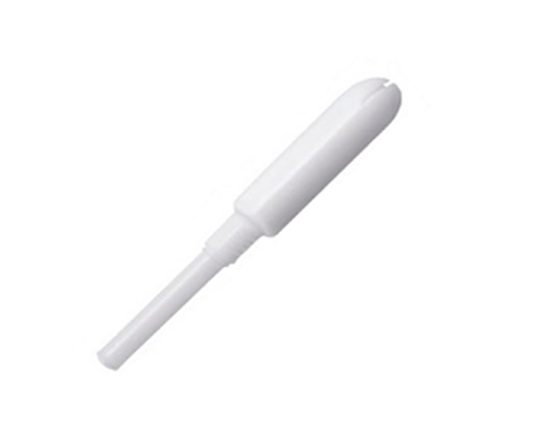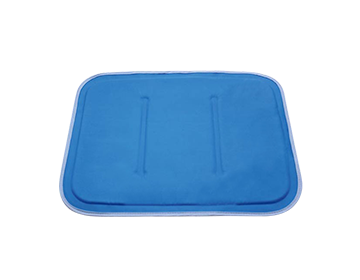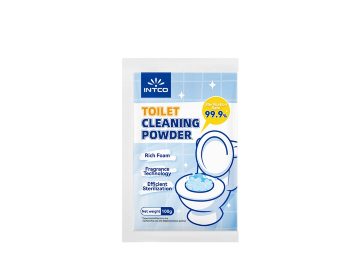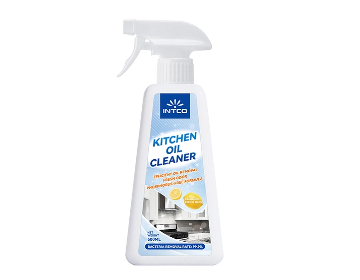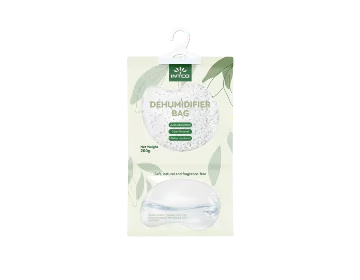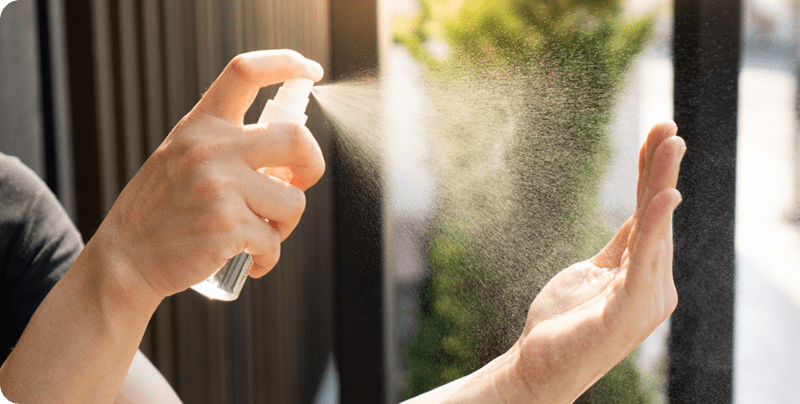Cold Compress for Toothache: Safe Home Remedies You Can Trust
A toothache can strike suddenly and painfully—whether from decay, injury, or infection. While seeing a dentist is essential for lasting treatment, using a cold compress is one of the most accessible, safe home remedies to manage pain and swelling. Below we explain how cold compresses work, when and how to use them safely, what experts say, and when to seek professional help.
What Causes a Toothache and When Cold Helps
Common Causes of Toothache
· Tooth decay (cavities) that exposes nerve tissue.
· Gum disease (gingivitis or periodontitis), which can lead to inflammation and swelling.
· Injury, trauma, or cracked/chipped tooth, which can cause sudden pain, bleeding, swelling.
· Dental abscess or infection, which may cause swelling, fever, throbbing pain.
When a Cold Compress Is Helpful
Cold compresses work best under these conditions:
· When there is swelling or inflammation on the cheek or jaw associated with the toothache.
· For sudden pain from injury or trauma (e.g., bumped tooth, chipped tooth).
· As a first-aid measure prior to seeing a dentist, to reduce discomfort and slow swelling.
Cold compresses are not a cure—they don’t resolve infections, deep decay, or abscesses—but they help buy time and reduce suffering.
How Cold Compresses Bring Relief: The Mechanisms
Understanding what cold does helps you use it more effectively.
Reduction of Blood Flow & Swelling
Cold causes vasoconstriction: blood vessels near the surface shrink, reducing fluid leakage into tissues. That limits swelling and reduces pressure on nerves.
Numbing of Pain Signals
Cold reduces the speed at which pain nerves conduct signals to the brain. This numbing effect can dull sharp or throbbing pain for a time.
Soothing of Soft Tissue
Beyond the tooth itself, gums, cheek, jaw muscles may become sore or inflamed. Cold mitigates soft tissue swelling and discomfort.
How to Use a Cold Compress Safely and Effectively
Proper use is crucial—wrong use can lead to skin irritation, numbness, or even worsen discomfort.
Types of Cold Compresses
|
Type |
Pros |
Cons |
|
Ice cubes in a bag or cloth |
Readily available; strong cooling |
Melts quickly; uneven cooling; risk of over-cooling |
|
Frozen gel pack |
More uniform cooling; reusable |
Must be frozen beforehand; may be rigid |
|
Instant cold pack (chemical activation) |
Good for travel/emergencies |
Usually one-time use; may be less cold than ice |
|
Frozen vegetables in bag |
Flexible; conforms to cheek-shape |
Less hygienic; may be messier; cold less controlled |
Application Steps
· Prepare the cold source (compress, ice pack, etc.), always wrapped in a thin towel or cloth to protect skin.
· Position it on the outside of the cheek over the sore area. Avoid direct contact with lip, gums, teeth with ice.
· Duration: Apply for 10-20 minutes at a time. Longer periods risk skin damage.
· Frequency: Repeat every few hours as needed, especially in the first 24-36 hours after swelling begins.
Safety Tips
· Always use a barrier between cold compress and skin.
· Limit exposure time, allow skin to return to normal feel before reapplying.
· Do not use if you have reduced sensation, poor circulation, or diagnosed conditions like Raynaud’s without medical advice.
· Monitor for signs of numbness, discoloration, or skin damage.
What Experts and Dental Authorities Say
Mayo Clinic
Mayo Clinic’s first-aid advice for toothache includes using a cold compress on the outside of the cheek if the toothache is caused by trauma. This helps reduce swelling.
Cleveland Clinic
Cleveland Clinic suggests applying ice packs wrapped in a towel for 20 minutes to lessen pain and swelling associated with toothache.
NHS (UK)
The NHS recommends applying a cold compress to the cheek near the sore tooth, wrapped in cloth, for about 10-15 minutes at intervals to ease swelling and pain.
Oral-B UK
According to Oral-B, a cold compress is one of the top home remedies: it helps reduce swelling and numb pain. Use things like ice packs or frozen peas, but wrap them to avoid skin irritation.
Complementary Home Remedies & When Cold Is Not Enough
Toothache often involves more than swelling. Here are other remedies and warning signs.
Other Helpful at-Home Remedies
· Saltwater rinse: Mix salt in warm water, rinse gently — helps reduce bacteria and soothe gums.
· Hydrogen peroxide rinse: Diluted hydrogen peroxide may reduce bacterial load and inflammation.
· Over-the-counter pain relievers: NSAIDs like ibuprofen or acetaminophen can be used when safe.
· Clove oil: Contains eugenol which acts as natural anesthetic; use carefully diluted.
When Cold Compresses Might Not Be Enough
· For deep infections or abscesses, cold won’t reach internal pus or halt spread. Medical/antibiotic treatment needed.
· If pain lasts more than 2 days, or swelling increases, fever, difficulty swallowing, or bad breath develop.
· When damaged tooth structure (fracture, large cavity) requires repair by dentist.
Sample Plan: Using Cold Compress Until Dental Care
Here’s how you might schedule cold compress usage while waiting for professional care:
|
Time after symptom onset |
What to do |
|
0-3 hours |
Swish with warm salt water; apply cold compress 10-20 min on cheek every 1-2 hours; take OTC pain reliever if safe. |
|
3-24 hours |
Maintain cold compress use as above; try other home remedies (clove oil, rinse); avoid hot or very cold foods; rest with head elevated. |
|
Day 2 |
If swelling reduces, reduce frequency of cold compress; maintain hygiene; seek dental evaluation if pain persists or worsens. |
|
Beyond 48 hours |
See dentist—likely need professional treatment; home remedies may only mask worsening problems. |
INTCO Medical and Cold Compress Products
INTCO Medical offers high-quality cold therapy products, including reusable gel packs, instant cold packs, and cold compress wraps specially designed for facial and dental use. Their products are built with safety features such as skin-friendly outer layers, appropriate insulation, and durability. Having a trusted brand like INTCO ensures that home remedies like cold compresses are not only effective but also safe and reliable.
FAQs
1. How often can I apply a cold compress?
Typically every 2-3 hours during the day for the first 24-36 hours, as needed. Always limit each session to about 10-20 minutes.
2. Can I put ice directly on my tooth or gums?
No. Never place ice directly on teeth or gums—it risks damage. Always wrap in cloth or use a proper cold pack.
3. Are cold compresses safe for children?
Generally yes, for short durations and with supervision. Use gentler cold sources (not extremely frozen), cover with cloth, and avoid if very young child or if skin sensitivity is a concern.
4. When should I stop using cold compresses and see a dentist?
If pain lasts more than 48 hours, swelling is increasing, you develop fever, difficulty swallowing or breathing, or the tooth looks damaged or discolored—seek professional care.
5. Can cold compresses interfere with dental procedures?
No, using cold compresses before dental appointment is safe; after dental work (e.g. extraction, surgery), they are often recommended to reduce swelling. Always follow your dentist’s after-care instructions.

